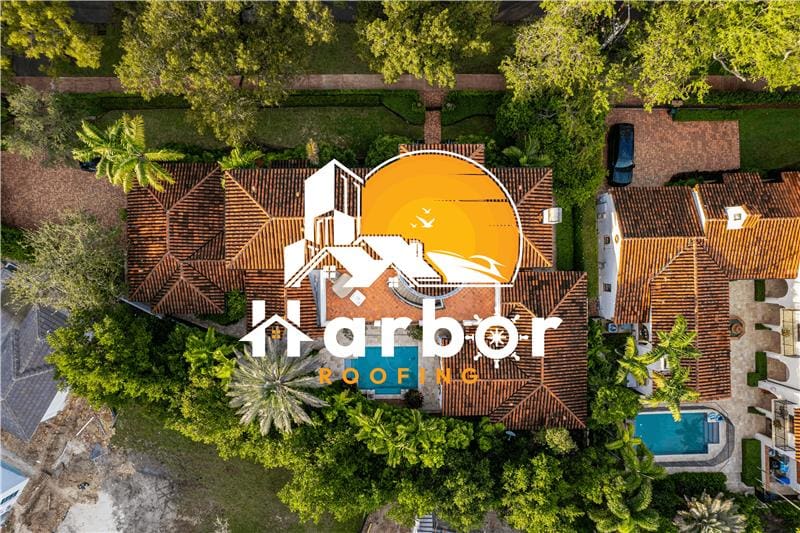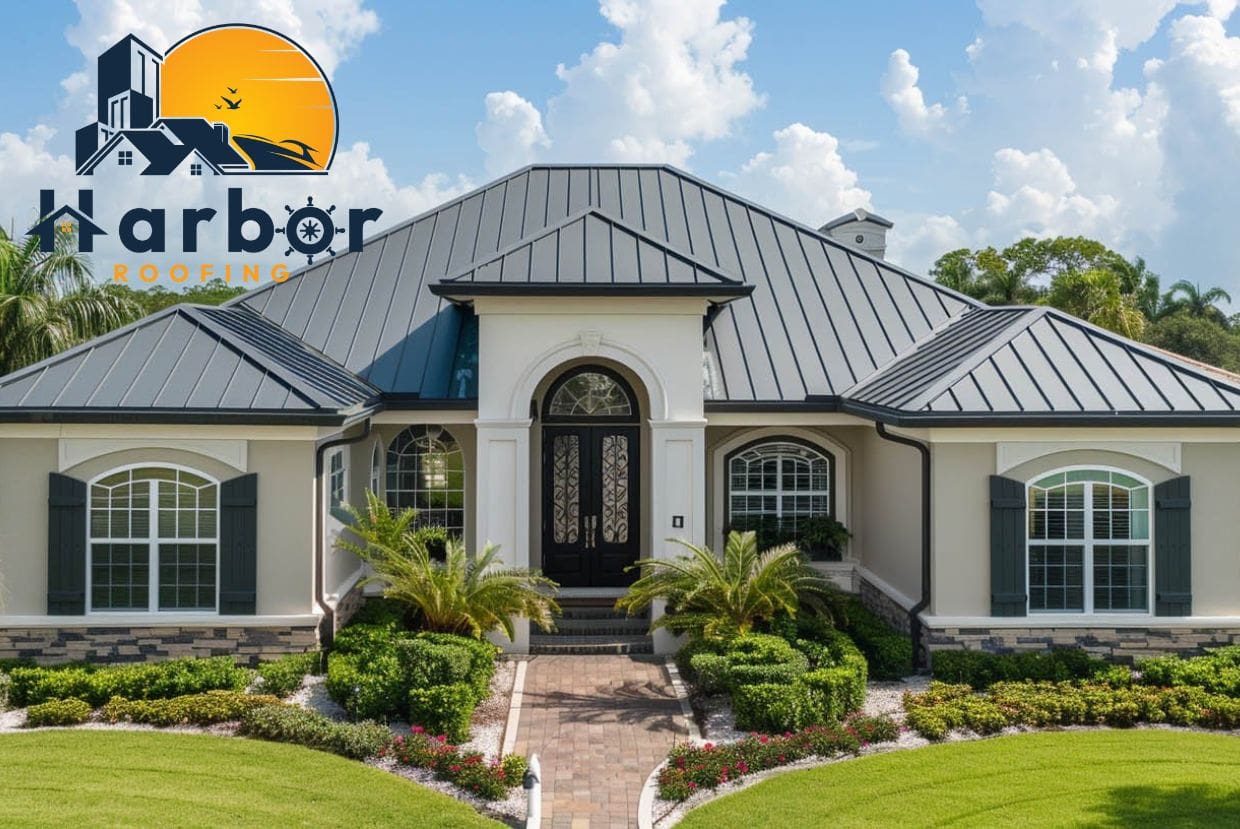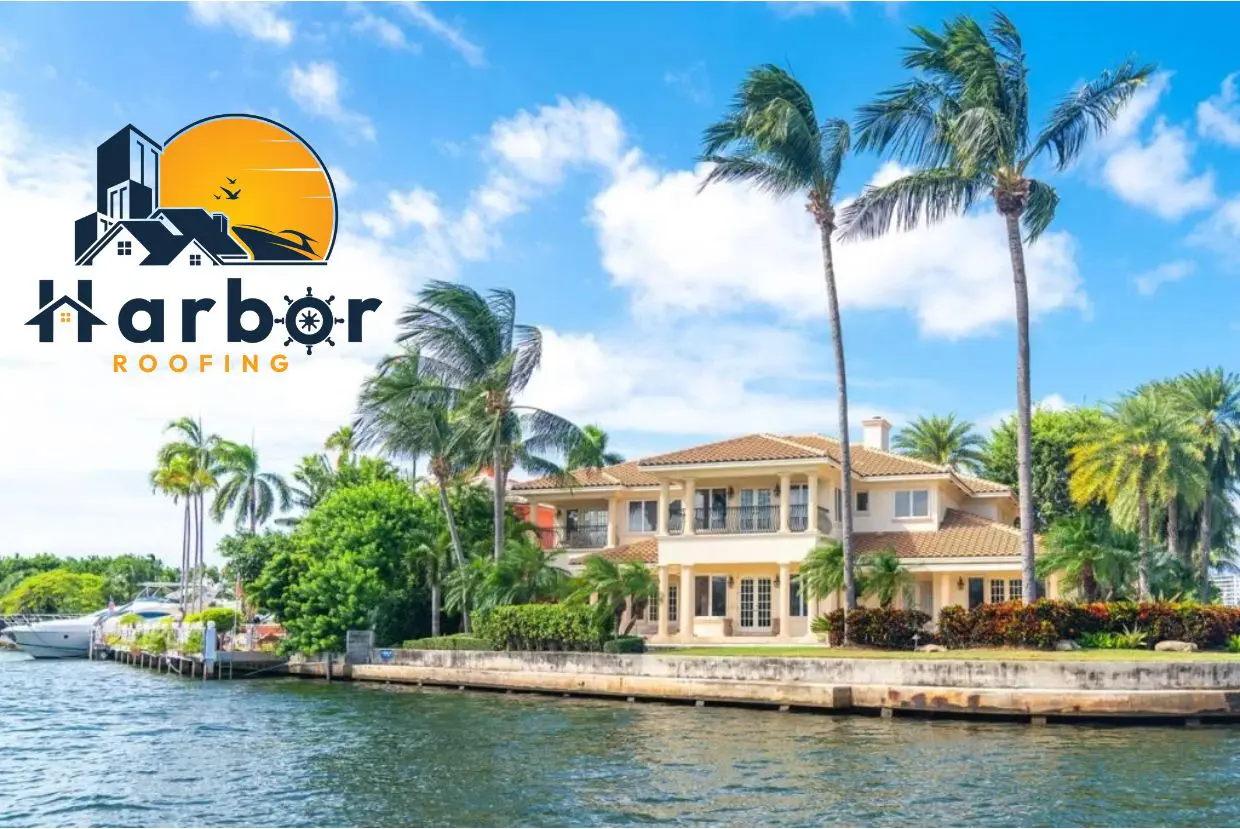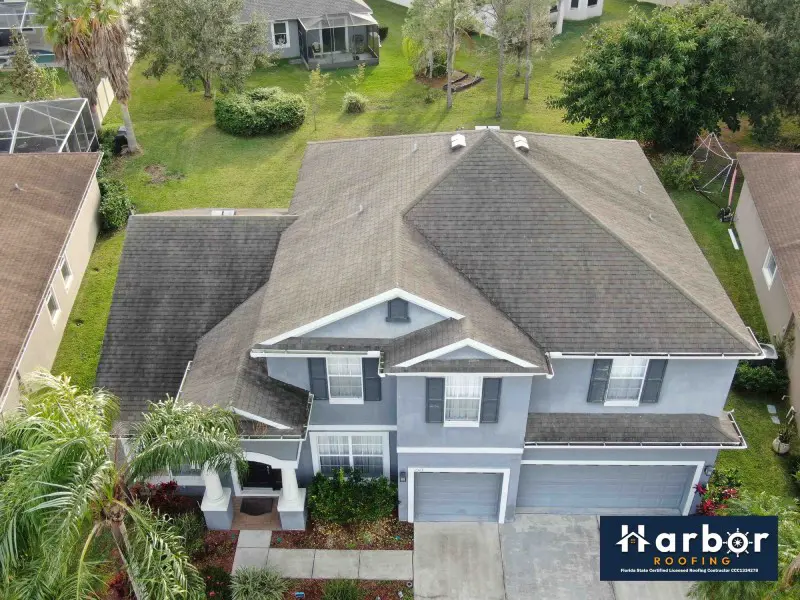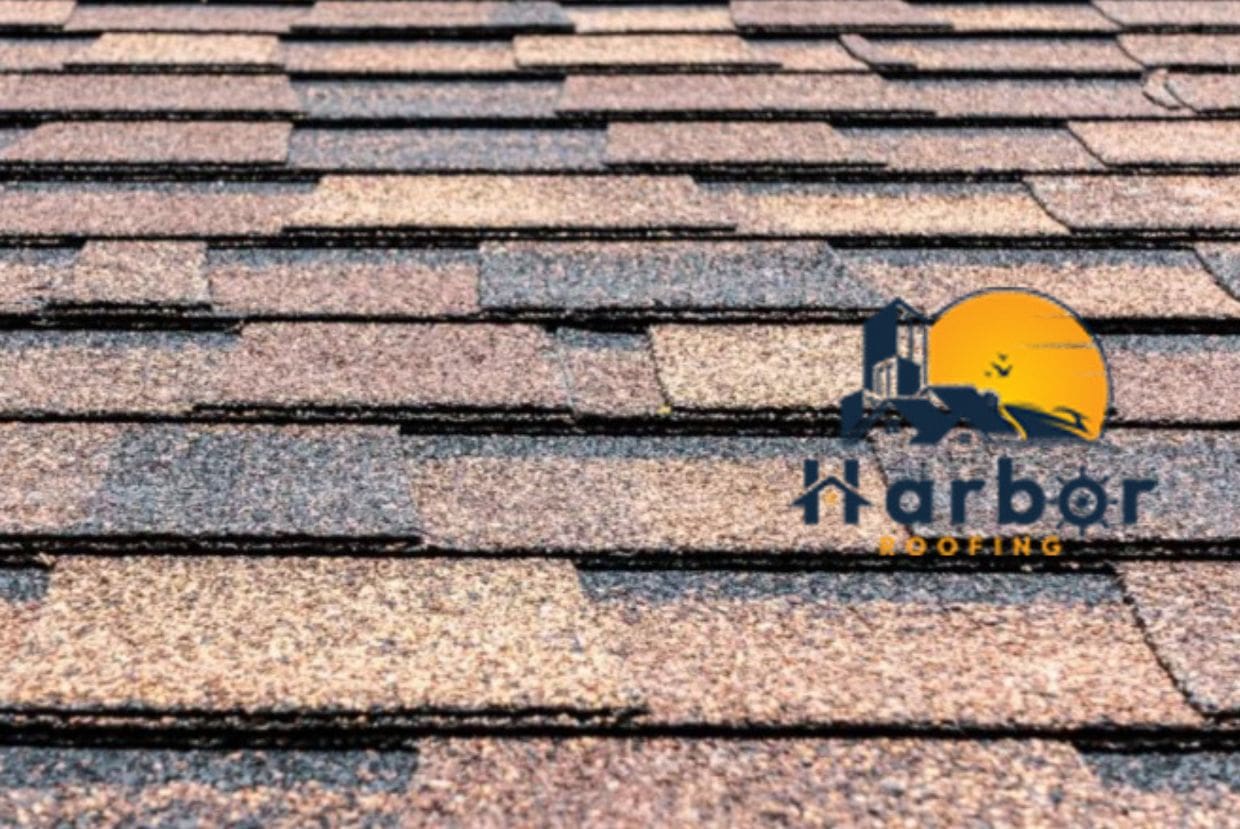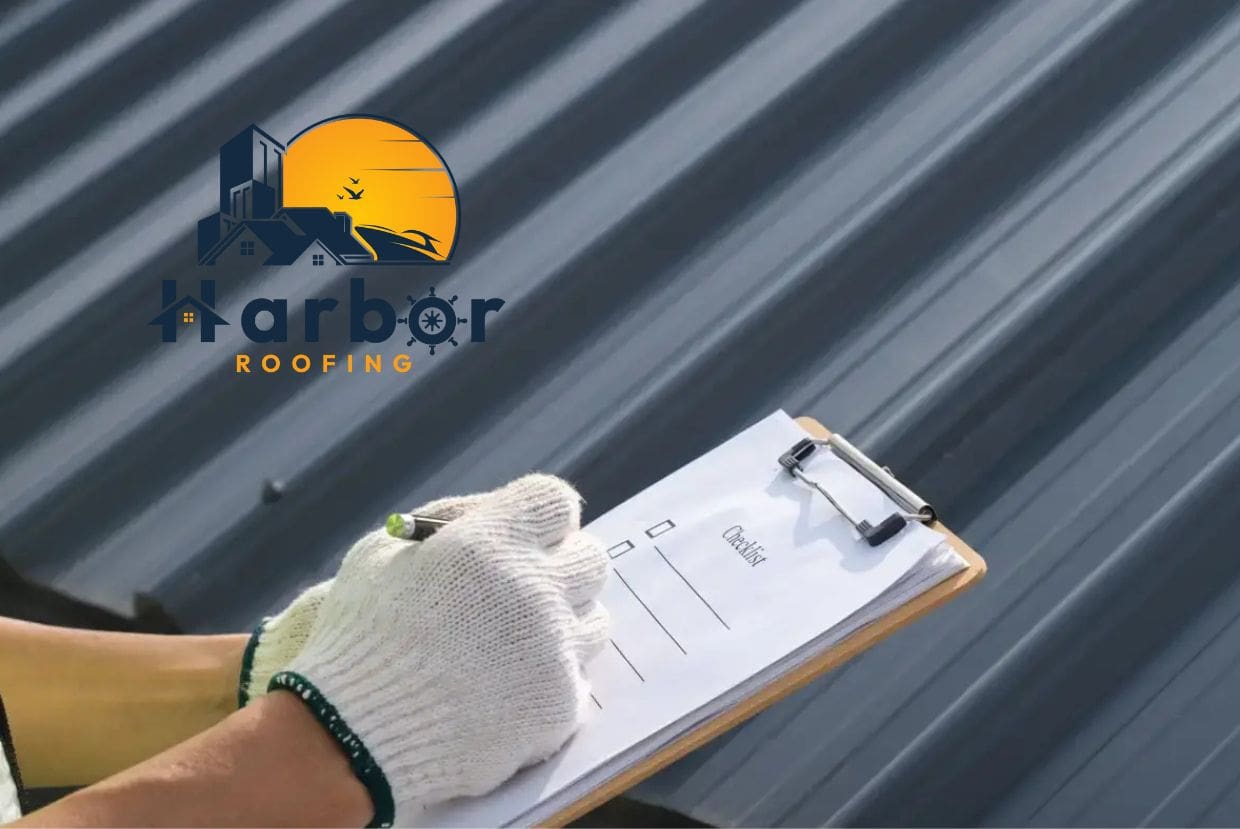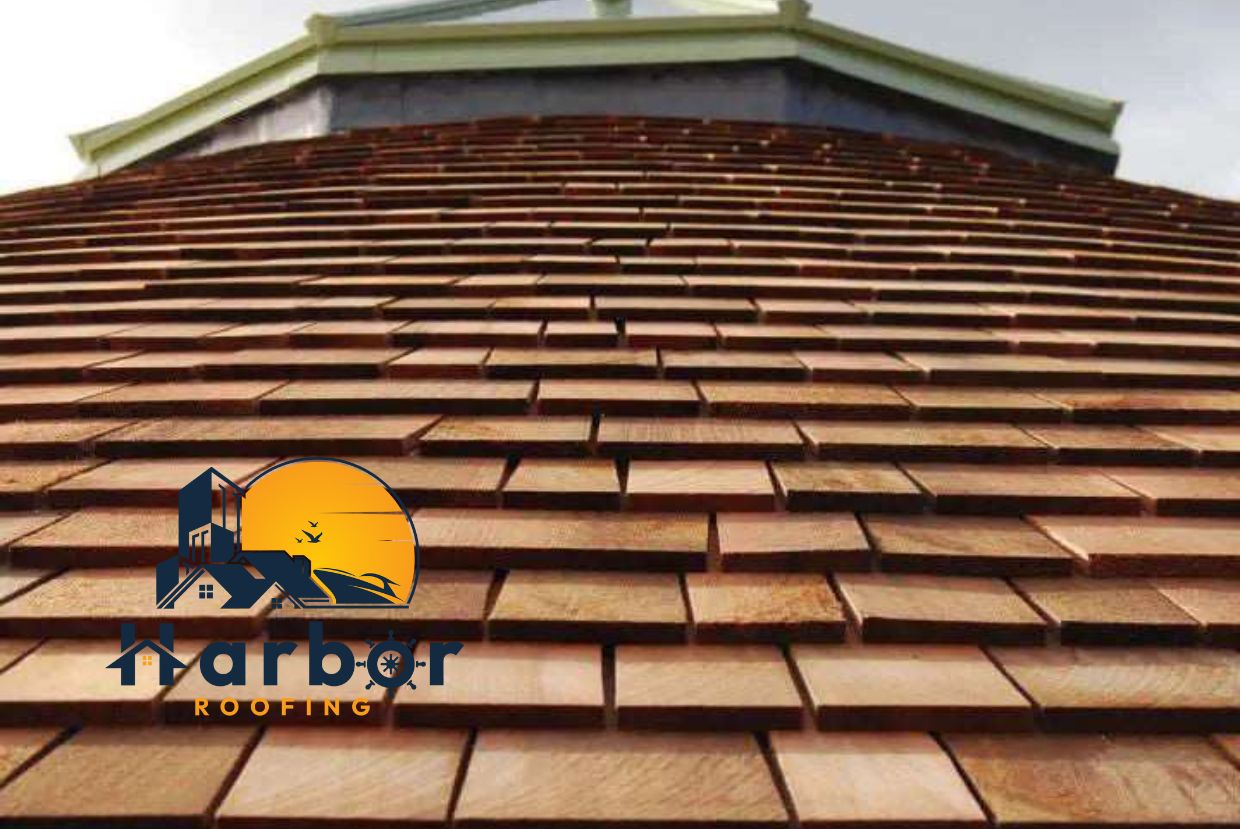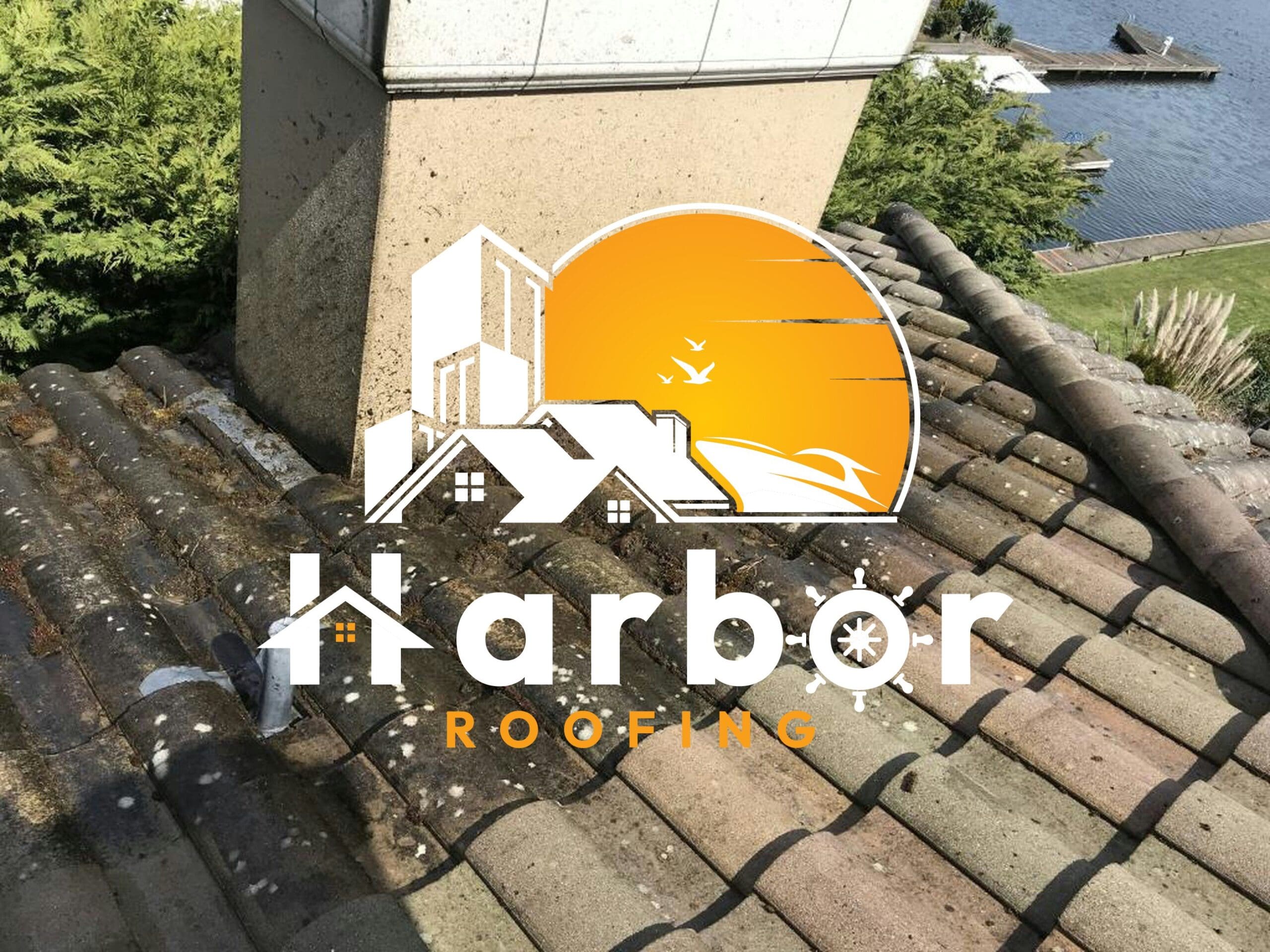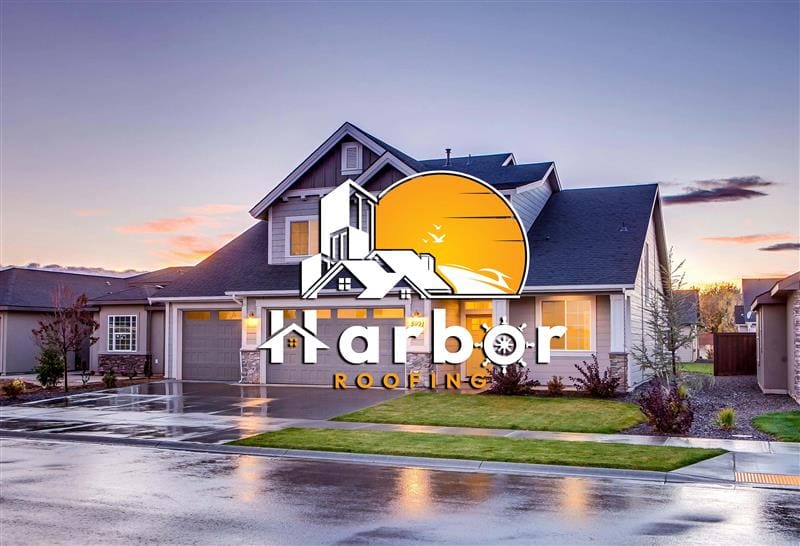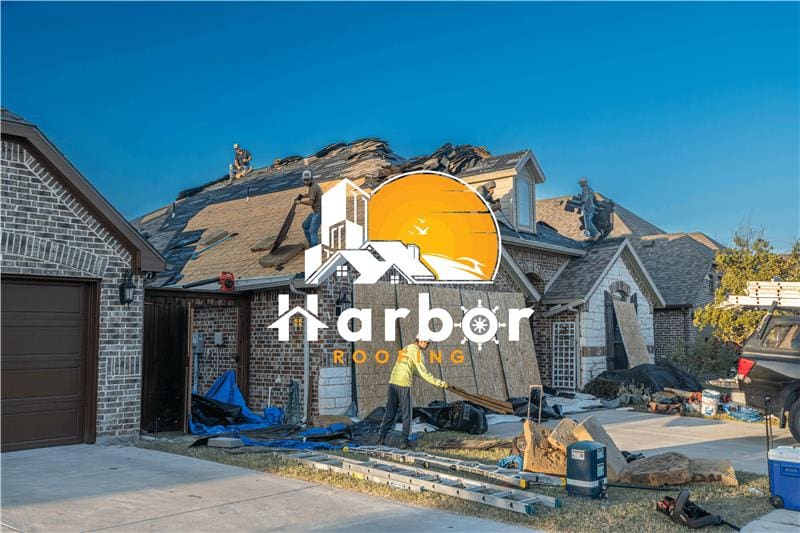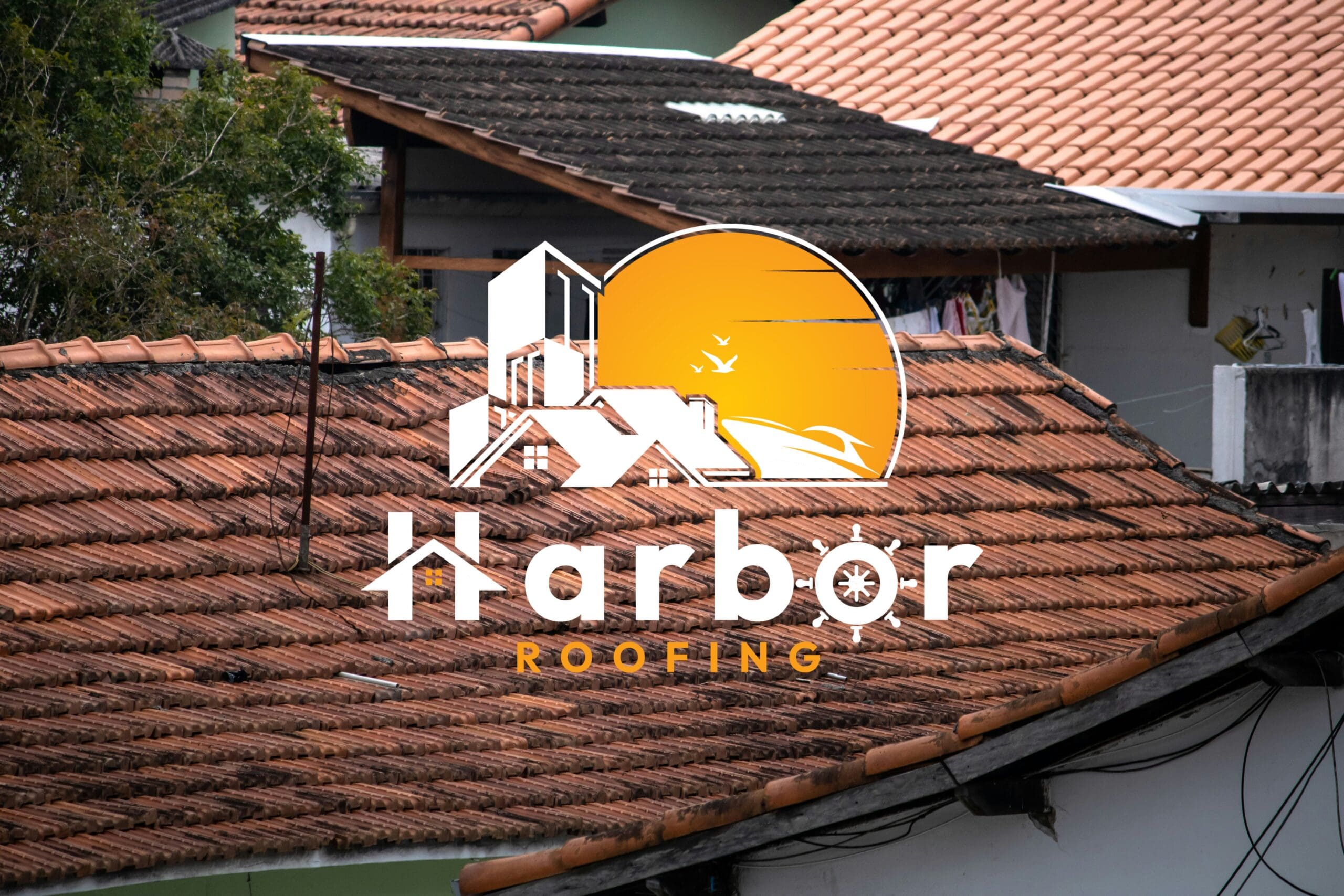Table of contents
- Scope And Code Understandings
- Wind Load And Roof Attachment Requirements
- Underlayment And Sealed Roof Deck Requirements
- 25% Roof Replacement Rule
- Hurricane And Impact Resistant Requirements
- Local Variations And Inspection Trends
- Selecting Materials And Assuring Compliance
- Benefits of Adhering to Code
- Be Code-Ready, Remain Storm-Ready
Living in the Sunshine State means making sure your house survives the fierce storms of Florida, with the majority of the damage being absorbed by your roof. This is why the Florida Roofing Code plays a major part in keeping residential homes safe across the state.
These regulations are far from mere formalities. They cover everything from wind load resistance and underlayment to reroofing limits and inspection protocols. It doesn’t matter if you are starting fresh or replacing an old roof. Knowing these rules can help you stay compliant and safe during Florida’s extreme weather. Today, we will break down the necessary code requirements every Florida homeowner needs to know before starting a roofing project.
Scope And Code Understandings
Outline of FBC Editions
The Current Florida Roofing Code is established on the 8th edition of the Florida Building and Residential Codes, which aligns with ASCE 7-16 standards. These rules were introduced to better reflect Florida’s growing vulnerability to high winds and coastal storms.
Among these necessary changes are better wind uplift requirements, stricter rules for underlayment layers, and stronger sealing protocols. These changes might seem like a lot, but they’re designed to keep your home safer during hurricanes.
High-Velocity Hurricane Zones (HVHZ)
In areas like Miami-Dade and Broward Counties, these building codes extend even further. If you live in an HVHZ area like Miami-Dade, your roof has to handle winds up to 185 mph, and this code makes sure it can.
Additionally, in order to achieve these standards. Roofs in these regions must employ metal caps that have been tested for 170+mph wind resistance, strengthened fasteners, and materials verified under TAS protocols. While they may seem simple, these steps assist in safeguarding against roof failures during the onset of the storm.
Wind Load And Roof Attachment Requirements
Design Wind Speeds & Sheathing
Since Florida follows ASCE 7-16 guidelines to figure out the wind loads of residential roofs. It helps locations like Hillsborough and the Palm Beach withstand gusts between 140 and 160 mph. Moreover, these design implementations change every aspect of the roof construction, from structural layout to fastening methods.
According to the latest Florida Roofing Code, sheathing has to be at least 15/32” thick and securely installed using ring shank fasteners. Nail spacing tightens around roof edges, where wind pressure is highest. These changes reduce the risk of uplift during major storms and improve the overall structural integrity of coastal and inland homes alike.
Roof to Wall And Diaphragm Connections
Compressive roof-to-wall ties are no longer an option, particularly in Florida’s High-Velocity Hurricane Zones (HVHZ). New codes mandate strapping systems that securely fasten the roof structure to walls, minimizing the likelihood of separation at high pressure.
In HVHZ areas, roof diaphragm improvements, including stronger joints and blocking, are also mandated. If more than 30% of your roof deck is replaced, code demands updated attachments that resist at least 75% of the current wind load requirements. Although invisible from the street, these reinforcements are necessary in protecting your home from uplift and internal collapse during wind events.
Underlayment And Sealed Roof Deck Requirements
Mandatory Two-Layer Underlayment
Florida roofing code now demands homeowners to use two layers of underlayment beneath shingles, metal panels, or tile systems. With this upgrade, your roof is able to resist wind-driven rain, which is a common threat during hurricanes and coastal storms.
Furthermore, approved materials must meet ASTM standards such as D226 Type II, D4869 Types III or IV, or a qualified self-adhering membrane. These underlayments create a more watertight base and improve long-term roof performance under extreme conditions.
Sealed Roof Deck And Secondary Barrier
Similarly, some rules in the Florida Building Code require sealed roof decks as the immediate defense against water intrusion. During major storms, wind-driven rains can sometimes penetrate your roofing systems. Simply by sealing the deck, you greatly reduce the risk of unexpected issues.
Additionally, you will need to install a secondary water barrier, usually a self-shearing membrane over joints and seams. This added layer helps prevent moisture from leaking into the home even if shingles or tiles are blown off.
25% Roof Replacement Rule
Partial vs. Full Replacement Standards
After the new updated roofing rules, you no longer have to replace your roof if the damage exceeds 25%. Rather, only the impacted portion of your roof needs to meet the present Florida Building Code (FBC) standards. However, this change only applies if your existing roof was installed under the 2007 FBC or any newer edition.
For instance, if your roof installed under the 2017 FBC sustains storm damage to 30% of its surface. Only that damaged portion must be brought up to code. At the same time, the rest of the roof can stay as it is. With the help of these regulations, homeowners can now scale costs while establishing safety upgrades.
Insurance And Documentation Impact
Proper documentation is necessary when claiming this exemption. You will need to provide accurate permitting, inspection reports, and installation dates to confirm the roof complies with FBC 2007 or later. Without proof, inspectors might need full compliance across the entire roof.
Moreover, insurance companies often use this documentation to evaluate claims. If your roof fails to meet the 2007 code baseline, your claim might be denied or reduced. Therefore, it’s wise to store all roofing documents and communicate clearly with insurers after a storm. Thorough records protect both your roof and your wallet.
Hurricane And Impact Resistant Requirements
Opening Protection Standards
The building codes of Florida demand roof openings like vents, soffits, and eaves to withstand specific wind load requirements. These loads are calculated using the newest FBC editions based on ASCE standards. This means that openings must resist both pressure and suction forces caused by hurricane-strength winds.
To comply, you will need to make sure to use hurricane straps and connectors that tie the roof framing securely to the wall structures. With the help of these connectors, you can drastically reduce the risk of roof uplifts during storms. Plus, Florida law also sets strict spacing standards for soffit fasteners, particularly in high-velocity wind zones.
Additionally, materials used in these areas must be tested for impact resistance. The FBC encourages reinforced soffits, upgraded vents, and sealed openings that won’t tear away under pressure. These upgrades make a major difference when facing Category 3 or 4 hurricanes.
Approved Product Lists And Testing
Florida’s Law doesn’t just suggest the use of impact-resistant products, but rather demands them. This means that all hurricane-rated roofing products must pass TAS 201, 202, and 203 testing protocols. These tests simulate wind, pressure, and impact to ensure long-term storm durability.
Furthermore, only materials and systems listed in Florida’s Product Approval database or Miami-Dade’s NOA system are permitted. These products range from shingles and adhesives to fasteners and roof decks. In fact, each product listing includes installation instructions, load ratings, and approved applications.
While implementing, you will need to follow the exact manufacturer guidelines when installing approved systems. Deviating from certified drawings could result in inspection failure. Even the smallest mistake, like incorrect nail spacing, may revoke product approval under state regulations.
Local Variations And Inspection Trends
County-Level Additions
Florida’s statewide roofing code sets the baseline, but particular counties often go beyond the minimum requirements. Counties like Palm Beach, Volusia, and Flagler implement stricter rules around product approvals and installation standards. Local modifications may include added inspections or better documentation requirements.
In coastal regions, salt air corrosion is a serious concern. Some counties require corrosion-resistant materials, such as stainless steel fasteners or marine-grade coatings, for long-term performance. These mandates aim to prevent premature failures in high-salinity environments near the ocean.
Moreover, certain areas also increase roof design pressures beyond Florida’s High-Velocity Hurricane Zone (HVHZ) standards. This means wind load calculations and fastening systems may need extra reinforcement.
Increasing Inspection Rigor in 2025
As of 2025, Florida has begun implementing tighter roof inspection protocols, especially for older homes or insurance-related repairs. The goal is to secure homes with aging roofs to meet structural safety standards before issuing coverage or permits.
Inspectors must now provide detailed photographic documentation of every step, before, during, and after the roofing project. Both DBPR and insurers require proof that the work complies with the latest code version, particularly regarding fasteners, underlayment, and decking.
Not only do these changes increase transparency, but they also raise the bar for documentation. Furthermore, both homeowners and contractors must maintain clear records of materials used, permits issued, and inspection results. Sloppy documentation can delay or deny insurance claims, even if the roof meets technical requirements.
Selecting Materials And Assuring Compliance
Choosing Compliant Roofing Systems
Opt for roofing materials that have been approved for their wind zone under the Florida Building Code. In fact, the Florida Product Approval system and Miami-Dade NOA databases list code-compliant products by region and wind resistance. Thus allowing you to find the ideal roofing material in accordance with the Florida Roofing Code.
Additionally, impact-resistant shingles, standing seam metal panels, and concrete or clay tiles provide robust protection against hurricanes and wind-driven debris. These materials undergo rigorous testing, including impact, uplift, and water intrusion evaluations, to meet statewide requirements.
One thing to remember is that compliance isn’t just about the product — it’s about the whole system. Underlayment, fasteners, sealants, and attachment methods must match approved installation guidelines. Failing to follow the manufacturer’s instructions can negate warranties and lead to failed inspections.
Hiring Licensed Contractors
Only licensed and insured roof contractors are legally allowed to pull permits and install commercial or residential roofs in Florida. Using unlicensed workers could result in disapproved permits, failed inspections, and legal fines. For compliance purposes, always check license status via the DBPR portal.
Licensed contractors like Harbor Roofing are familiar with local amendments, code revisions, and how to read Florida’s Product Approval or Miami-Dade NOA listings. They’ll ensure proper installation, documentation, and code compliance through the project life cycle from planning stages to final inspection.
In addition, such roofers also minimize liability risks. If a problem occurs in the future, insurance providers are more likely to pay out claims when work is done by certified professionals. It’s an easy but intelligent investment that keeps your home safe and your money in your pocket.
Benefits of Adhering to Code
Storm Resilience And Insurance Savings
Complying with Florida’s roofing code increases your home’s defense against hurricanes, heavy rain, and flying debris. Attributes like hurricane straps, sealed roof decks, and reinforced soffits help reduce wind uplift and water intrusion.
Moreover, these improvements not only protect your property, but they can also reduce your home insurance costs. Florida’s wind mitigation form (OIR-B1-1802) allows insurers to assess and reward risk-reducing features. If your roof includes approved upgrades, you may qualify for premium discounts.
In some cases, homeowners receive up to 45% off their insurance when fundamental code-compliant improvements are in place. Plus, proper documentation during installation guarantees you’re eligible, and contractors familiar with Florida’s roofing code can guide this process.
Reducing Legal And Restoration Expenses
Compliance with the latest Florida Roofing Code also reduces long-term legal and financial liabilities. Code non-compliance can result in failed inspections, rejected claims, or lawsuits, particularly during post-hurricane recovery processes when surveillance is high.
The use of licensed contractors and recording each step of the build process also avoids disputes with insurers and regulators. Code compliance shields homeowners from contractor misrepresentation and fraud, which has grown more prevalent following hurricanes.
Recent legislative updates, such as Senate Bill 76 and Senate Bill 2D, emphasize transparency and consumer safeguards. Homeowners minimize exposure to fraud by conforming to new standards and guaranteeing more simplified claims and restoration experiences.
Be Code-Ready, Remain Storm-Ready
By confirming your roof complies with Florida roofing code, you can rest assured that it remains a safer, storm-resistant roof designed to withstand hurricane-force winds with confidence. Looking for a service provider that offers full-code compliance, reliable materials, and expert installation? Trust Harbor Roofing, Florida’s go-to roofing specialists for homeowners who don’t want to compromise on safety.
